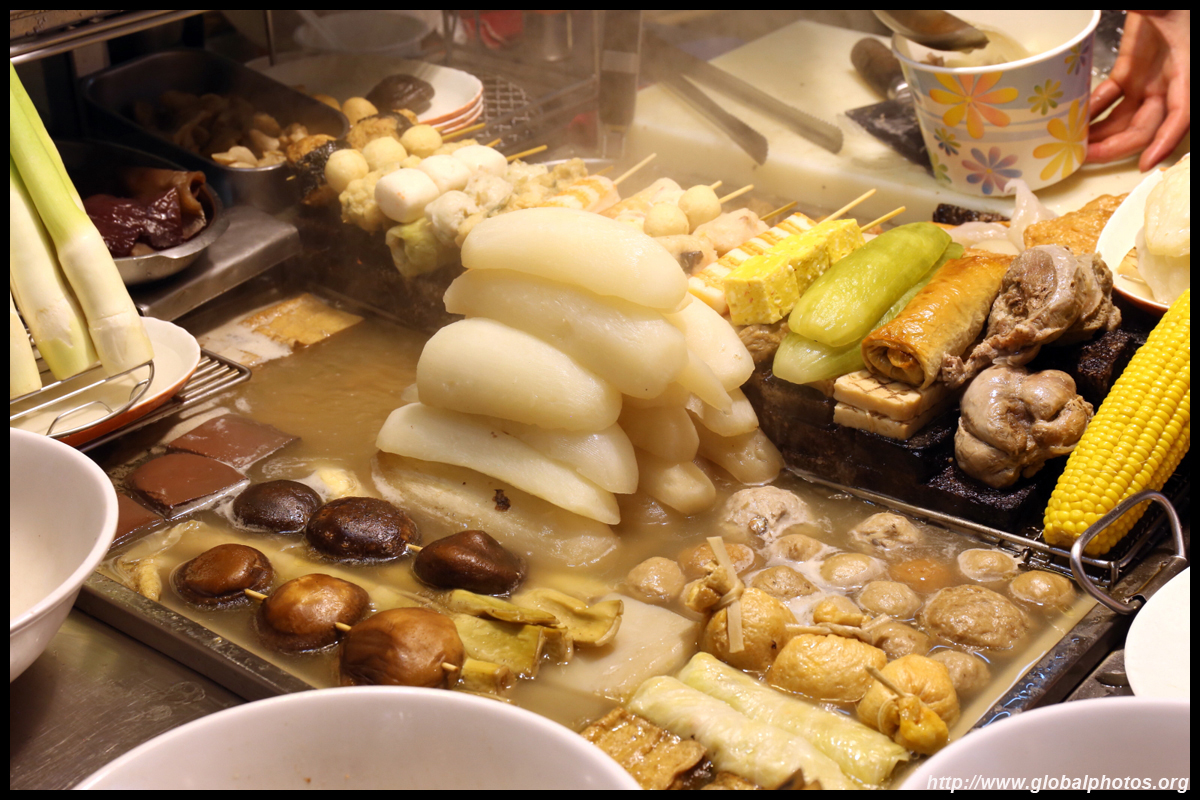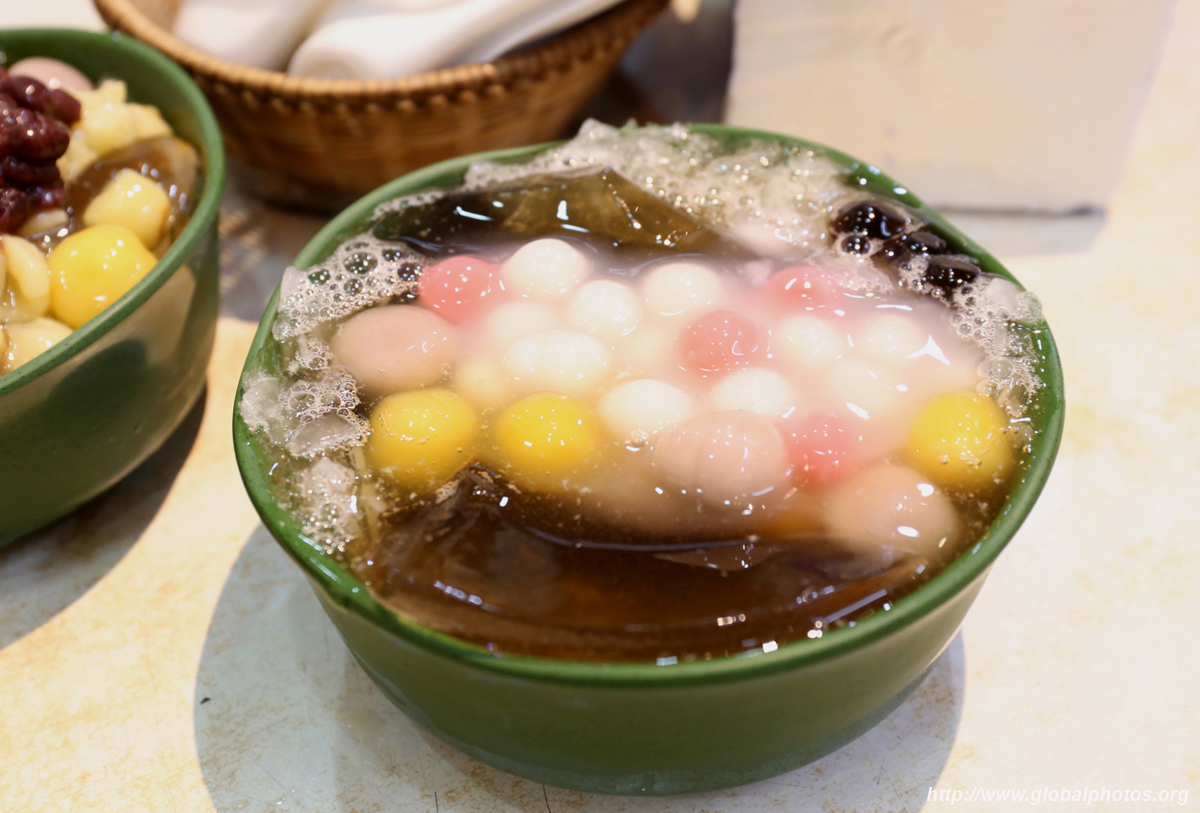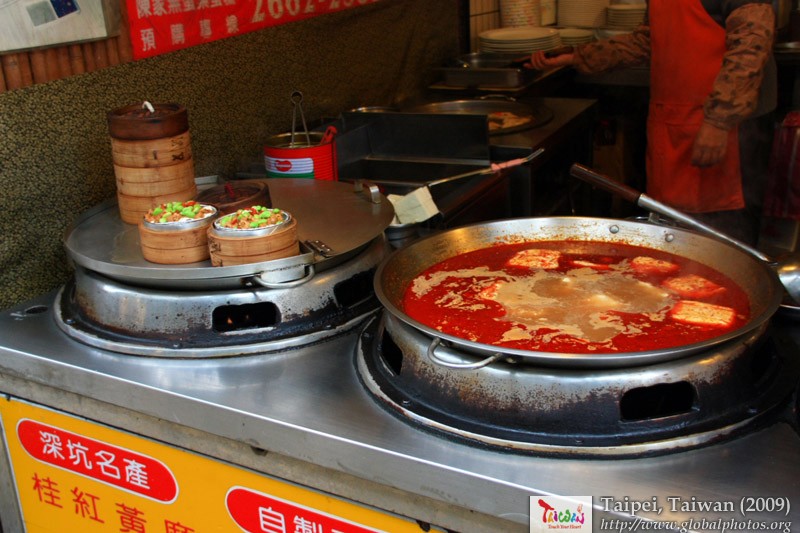Your Guide to an Extraordinary Taipei
| |||
Taipei is one of those underrated cities overshadowed by much larger and more powerful neighbours nearby. That is starting to change as visitors discover the city's great value for money and interesting food offering.Getting in
Taipei has 2 airports, with the main international one out at Taoyuan. A long-delayed airport train now connects to the city in as little as 35 minutes. If travelling from elsewhere in Asia, keep an eye on the increasing number of international flights flying into the city centre Songshan Airport. The airport has its own MRT station and takes less than 20 minutes to reach Xinyi. Paying for public transport
In general, public transport across Taiwan, including some regional intercity trains, accept the Easycard, a smart card solution that gives fare discounts and also transfer benefits between buses and trains in Taipei. For longer stays in Taipei or travel across the island, this is an easy alternative to exact fare and paying cash.
Language barrier Night markets
One of the quintessential Taiwan eating experiences is to visit a night market. Taipei has many to choose from, although they have gotten increasingly touristy over the years and some familiar chain-like stalls have started appearing. You will see the same type of octopus balls and flaming steak bits everywhere. Some markets to avoid include the popular ones often featured in guidebooks, such as Shilin and Raohe. Some of the smaller night markets offer a more refreshed and perhaps local experience. The stalls around Gongguan serve the nearby university crowd while Tonghua is a bit out of the way from the tourist sights but still have great food and lots of variety. Be sure to try the local desserts, such as this type of jelly with toppings of your choice!
Art districts
A number of art districts have taken over previously dilapidated buildings. The guidebooks typically mention Huashan 1914 and Songshan Cultural Park, which mix historic architecture with shopping well. For the more adventurous, head to Treasure Hill, which is south of the city and was once a political stronghold. Traditional shopping
For a mix of shopping and historic architecture, browse along Dihua Street, which becomes a busy street market in the lead-up to Chinese New Year as residents stock up for the important festival. It feels like a step back in time, and hopefully won't be too badly gentrified in the coming years. Modern architecture
While Taipei has no shortage of gritty and older buildings, a whole new district of skyscrapers has emerged in Xinyi on the east side. This part of town used to be an execution ground during World War II, and is home to 1 of the 10 most haunted hotels in the world. There are wide sidewalks with neatly-arranged new buildings and plenty of air-conditioned shopping malls. An affordable observation deck
While tourists pay a hefty admission to go up the 101's observation deck, you can still get very decent views from dining at one of many high floor restaurants in neighbouring buildings such as :
Alternatively, you can head a bit further out for something more unique : Planning your day - #1
Start your day with a hike up Xiangshan for an overview of Taipei's new CBD. Then head back into the office district for a walk-around and do some retail therapy. You can either go up 101 or have an early lunch in one of the nearby tall buildings' upper floors. If Xinyi is not your cup of tea, hop on the red line to Dongmen station and explore the many eateries along Yongkang Street. Planning your day - #2 Start your day at the National Palace Museum, which will take a good part of the day. If you still want to see a museum after this, refer to the below section for some suggestions. Otherwise, go north to Tamshui for more historic buildings, then sunset. Planning your day - #3 There are several interesting historic streets you should visit. Near Longshan Temple is Bopiliao, a number of historic buildings that have been restored into exhibits about its history although many parts are still unoccupied. Next stop is Nanmen Market, an example of a clean local market that is a feast to the senses. If your legs are still not tired, do some more walking along Dihua Street, which has more shopping elements and gets very interesting in the lead-up to Chinese New Year when markets spill onto the street. Museum day
Besides the National Palace Museum, there are several other interesting museums in the city that are worth a quick stop and for the rainy day. They include : A more unique day trip Everyone knows about Yehliu and Jiufen. They are regularly featured in guidebooks but do consider other interesting day trip options.
Stinky tofu is a typical dish in a Taiwanese night market. Shenkang just outside the city has a whole market street selling this dish made in many different ways. Take the 912 bus from City Hall.
Sanxia is famous for its historic architecture and market street. Combine the trip with nearby Yingge to explore the area's ceramic production history.
Yilan to the southeast of Taipei has a more relaxed atmosphere and some interesting street art. The night market at Luodong is quite amazing and incredibly crowded on weekends. A more unique deep-dive into Taipei Consider plane spotting at the western tip of Songshan Airport's runway. Watch the jets on final approach come in for landing, crossing just above your heads as it touches down. If you want to grab a bite after a productive spotting session, the Addiction Aquatic Development's live fish market / restaurant is nearby. The Presidential Office Building is open on weekday mornings and select weekends. Check out the historic building and remember to bring your ID in order to enter! Maokong Gondola was once embroiled in a construction scandal that had suspended operations indefinitely, but all of that has been forgotten and the view from the hills is attractive. Enjoy the tea plantations while you are up there. Eating out ... There are plenty of great food guides for the city online. Whatever restaurant you choose, be sure to cover the essential foods : beef noodle, steamed dumplings, bubble tea, pineapple cakes, soya milk, and fatty pork rice. |
|||























